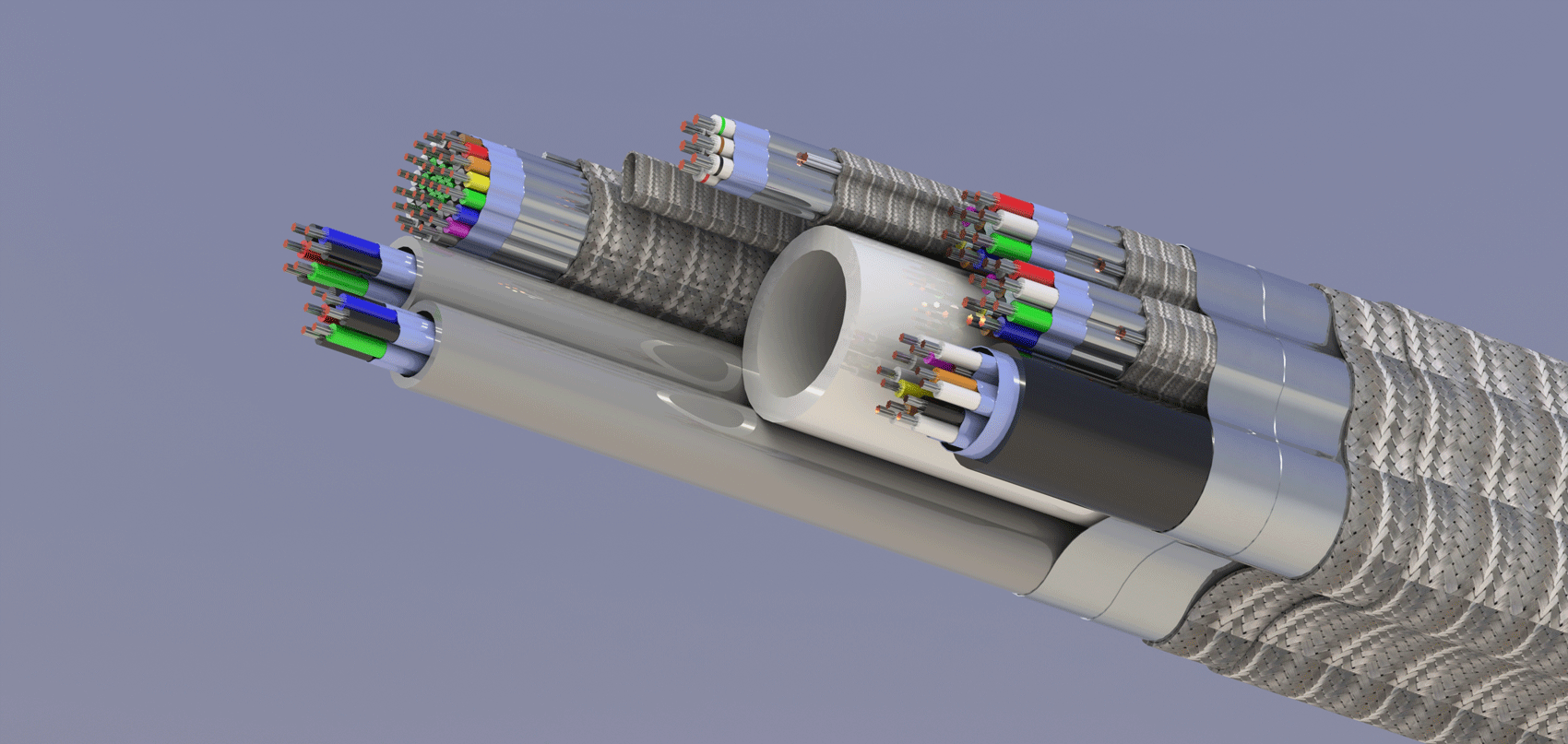Does Your Application Need to Supply, Vacuum, or Vent?
October 12th, 2017 - Whether supplying air, dissipating heat, or suctioning fluids, tube material choices can make a big impact on cable performance. Depending on the environment and the demands of the application, the tube could be at risk of collapsing, kinking, or even being too rigid and preventing flexibility. Cable Designers will consider the following factors when designing your cable to ensure the overall construction and its internal components function flawlessly.
When selecting breather tubes, a Cable Designer will ask 3 questions:
1 | What is the primary purpose of the tube?
Typically, something needs to pass through the tube, which will influence what material is chosen
~ If the tube will be supplying or suctioning fluid, what type? Chemicals? Water? Other?
~ Some tubes are designed into a cable to supply air. If this is the case, is it ambient air, oxygen, or another type of gas?
~ Is it a vent to dissipate heat, pressure, or steam?
2 | What are the desired cable features?
Knowing the demands that will be put on the cable will help determine the best durometer
~ If the cable must be highly flexible, a designer will choose a tube material that is rigid enough that it won’t kink or collapse, but not too rigid that it feels stiff.
~ Specific bend radius will be taken into consideration to ensure the cable will have a high flex life if needed.
~ Termination and connector
- It is important to keep in mind the type of connector and how the cable will be terminated to that connector. For example, a fluidic contact with a valve may be a suitable connector option. To learn more about LEMO’s offering, click here
- Will there be an over-mold? Added pressure could cause the tube to collapse if improper materials are selected.
3 | What type of environment will the cable be exposed to during the lifecycle of the application?
Features such as flexibility can also be affected by the external environment, so it is important to disclose this when starting any cable design
~ If the cable will be in a wet environment, it is important to know what type of fluid such as type of water (salt, potable, etc.), chemical, or other.
~ Extreme temperatures including high heat or extreme cold could affect cable performance if the right materials are not chosen up front.
~ If the cable will be in a medical environment, then a medical-grade tube may be required.

Hopefully this article has got you thinking about your end application and how it might influence the custom options suited for your connectivity solution.